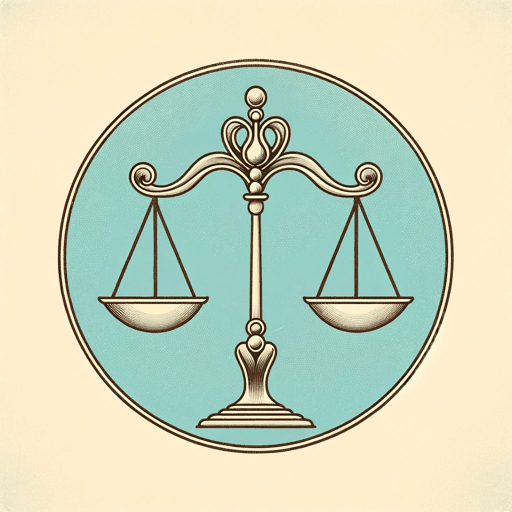57 pages • 1 hour read
Immanuel KantCritique of Pure Reason
Nonfiction | Book | Adult | Published in 1781A modern alternative to SparkNotes and CliffsNotes, SuperSummary offers high-quality Study Guides with detailed chapter summaries and analysis of major themes, characters, and more.
Summary
Prefaces and Introduction
Part I: “Transcendental Aesthetic”
Part II: “Transcendental Logic,” Book I, Chapter I
Part II: “Transcendental Logic,” Book I, Chapter II
Part II: “Transcendental Logic,” Book II, Chapters I-II
Part II: “Transcendental Logic,” Book II, Chapter III
Part II: “Transcendental Logic,” Division II, Books I-II, Chapter I
Part II: “Transcendental Logic,” Division II, Book II, Chapter II
Part II: “Transcendental Logic,” Division II, Book II, Chapter III
Transcendental Doctrine of the Method
Key Figures
Themes
Index of Terms
Important Quotes
Essay Topics
Further Reading & Resources
Part II: “Transcendental Logic,” Book II, Chapters I-IIChapter Summaries & Analyses
Transcendental Doctrine of Elements
Part II: Transcendental Logic, Book II: Analytic of Principles, Introduction - Chapter I Summary
Kant transitions to Book II of the “Transcendental Analytic,” the “Analytic of Principles.” Book I dealt primarily with categories of understanding. Now Kant turns to the other fundamental aspect of understanding: the power of judgment. Through an analysis of the principles of judgment, Kant will complete a “canon” of understanding, which includes all its fundamental and basic components and excludes the illusions of reason. Judgment is a unique ability. Some people are better at making judgments than others, though all are equally equipped with the categories of pure understanding. Kant writes that this portion of the transcendental analytic will be divided into two chapters. The first deals with “the schematism of pure understanding” and the second with the principles of understanding.
The so-called “schematism” explains how objects of experience come to be identified with particular concepts. To do this, diverse objects must be made homogenous, or the same as one another, so they can be grouped under one concept. The schematism should show how the concepts of understanding are “applied to appearances as such” (210). Kant makes a distinction between the schema and the schematism. The schema is given by the objects of sensation.
Related Titles
By Immanuel Kant




